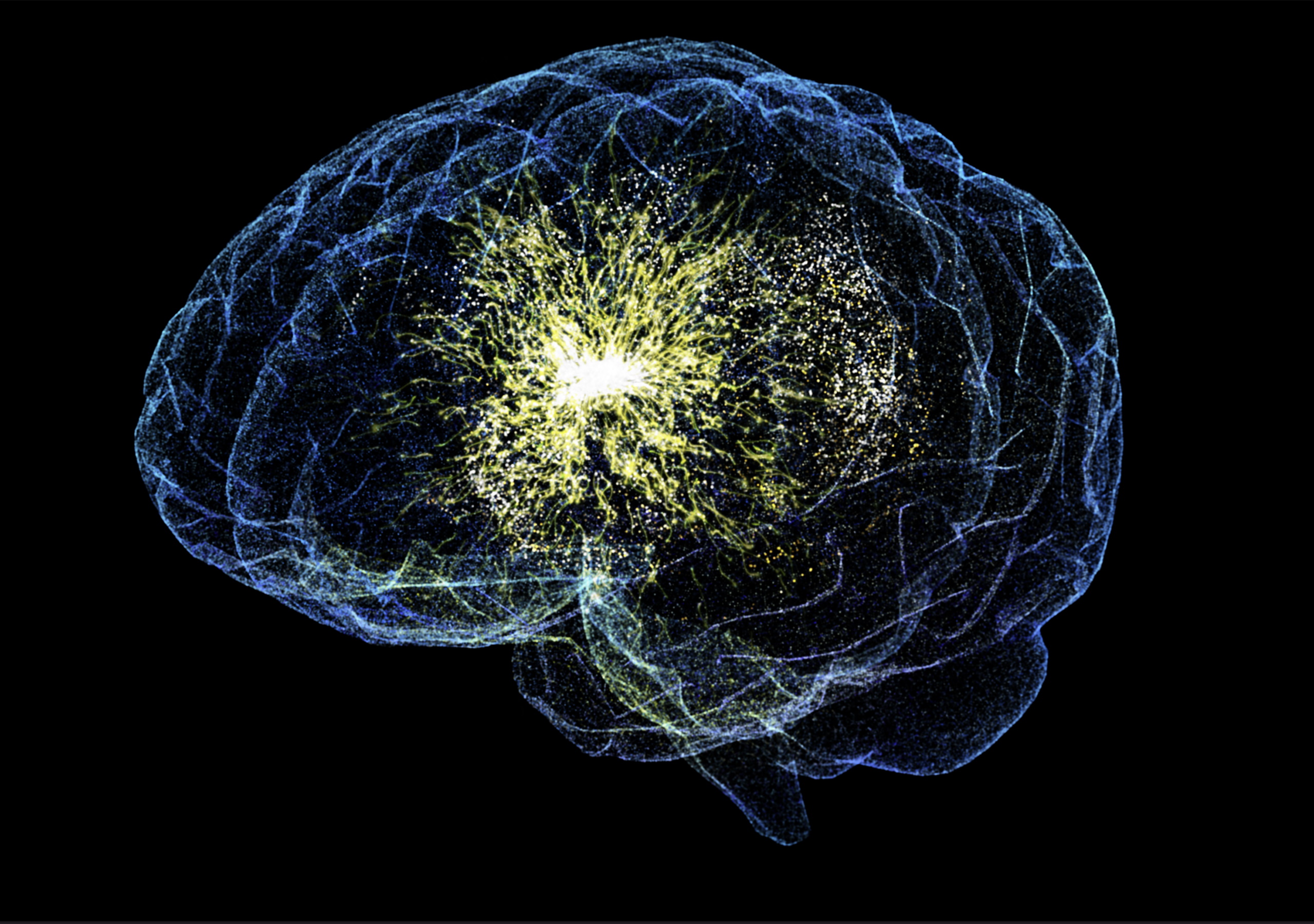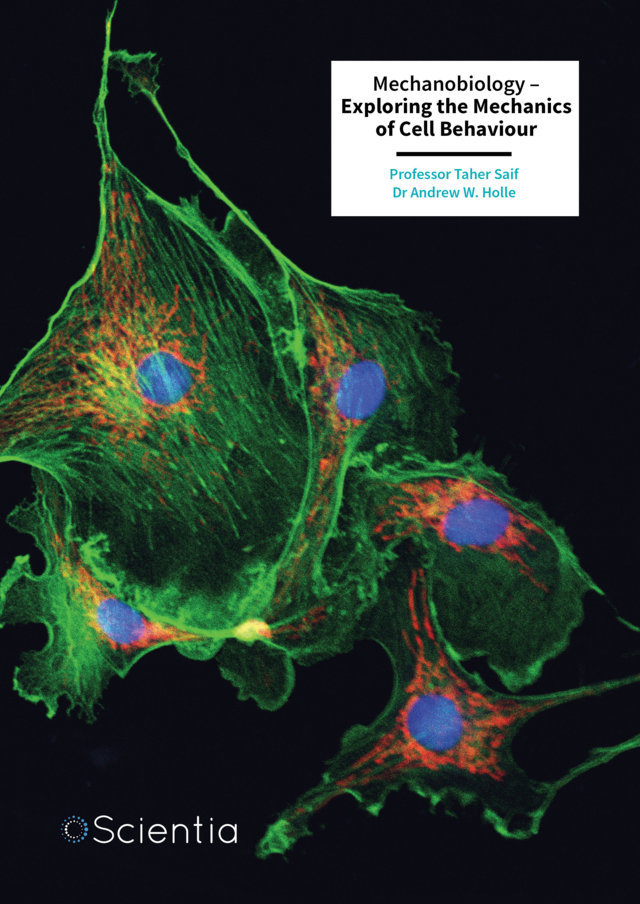Childbirth is a remarkable event that brings joy and new beginnings but also poses significant physical challenges to the mother’s body. One such challenge is the separation of the pubic symphysis, a joint located between the left and right pubic bones. Dr. Kamalini Das of Regions Hospital, Minnesota, and her colleagues conducted a groundbreaking study to investigate pubic symphysis separation in women who delivered vaginally versus those who had cesarean sections. Their research provides important insights into the nature of this physiological change and its development postpartum. More
The pubic symphysis is a cartilaginous joint at the front of the pelvis, which experiences varying degrees of separation during pregnancy and childbirth. This separation, influenced by hormones such as relaxin and progesterone, is a normal physiological adaptation that facilitates childbirth by widening the pelvic girdle. However, excessive separation can lead to discomfort and functional impairment, a condition known as pubic symphysis diastasis. Understanding the nuances of this condition is crucial in providing adequate care and support for new mothers.
Dr. Das and her team embarked on a prospective observational cohort study at Regions Hospital in St. Paul, Minnesota, to explore the intricacies of pubic symphysis separation occurring with pregnancy and childbirth. The study aimed to quantify pubic symphysis separation in first-time mothers who underwent either vaginal delivery or cesarean section. The researchers meticulously followed 91 women, taking serial radiographs at multiple intervals: within 48 hours of delivery and at 6, 12, and 24 weeks postpartum. This detailed approach allowed the team to assess the extent of pubic symphysis separation and its correlation with various intrapartum factors, providing a comprehensive understanding of the condition.
Dr. Das and colleagues discovered that the average immediate postpartum pubic symphysis separation was 7.6 mm, with no significant difference between vaginal (7.18 mm) and cesarean deliveries (8.04 mm). Normal physiological separation is less than 5 mm in nonpregnant patients and between 6 to 14 mm in pregnant and postpartum patients. Separation of more than 10 mm and/or persistence of this separation may be associated with pain and functional impairment with movement. All patients in this study had resolution of the pregnancy and delivery separation to prepregnant levels of 5 mm or less within 6 weeks. Persistence of pain or functional impairment 6 weeks after delivery may indicate the presence of a more pathologic separation that occurs rarely in 0.005% to 0.8% of births, and that would need further evaluation by an orthopedic specialist.
The findings indicate that the mode of delivery does not significantly impact the extent of initial pubic symphysis separation. The research highlights that separation is a common occurrence, regardless of the delivery method, and underscores the body’s natural preparation for childbirth.
The study also revealed that black race and obesity were associated with increased pubic symphysis separation. This suggests that demographic factors, rather than the type of delivery, play a more substantial role in determining the degree of separation. The researchers emphasized the importance of considering these factors when managing and counseling pregnant women. Recognizing the influence of race and BMI on pubic symphysis separation can lead to more personalized care and support for women during and after pregnancy.
Normalization of pubic symphysis separation back to 4-5 mm typically occurred by six weeks postpartum, with minimal further regression up to six months. This regression was consistent across both delivery methods. The findings highlight the body’s remarkable ability to heal and return to a pre-pregnancy state. The natural regression process provides reassurance to new mothers that their bodies are equipped to recover from the changes brought about by childbirth.
Interestingly, the study found that no specific labor events, such as the use of certain drugs or the duration of second stage labor, were significantly related to the degree of pubic symphysis separation. This underscores that the physiological changes in the pubic symphysis are more related to inherent biological factors rather than the mechanical process of labor and delivery. This insight can help healthcare providers better understand and manage postpartum recovery, focusing on the natural healing process rather than aggressive surgical interventions.
The study’s results, as highlighted by Dr. Das and her colleagues, have several important implications for clinical practice and patient care. Firstly, the findings provide reassurance that pubic symphysis separation is a normal and temporary condition that typically resolves within six weeks postpartum. This knowledge can alleviate concerns for new mothers experiencing this condition, knowing that their bodies are following a natural healing process. Healthcare providers can use this information to offer reassurance and general conservative measures, helping to ease the anxiety that new mothers may feel about their postpartum recovery.
Secondly, understanding that obesity and racial differences can influence the degree of separation may help healthcare providers in counseling and managing expectations for affected women. Dr. Das and her team suggest that tailored advice and support can be given to women based on these demographic factors, improving their postpartum care and recovery experience. This personalized approach ensures that women receive the care and attention they need, based on their unique circumstances.
Lastly, the study suggests that conservative management remains appropriate for most women experiencing pubic symphysis separation, as significant regression occurs naturally without intervention. Dr. Das and her colleagues advocate for a patient-centered approach, focusing on supportive care and reassurance rather than unnecessary medical interventions. By emphasizing the body’s natural ability to heal, healthcare providers can help new mothers navigate their postpartum journey with confidence and ease.
Pubic symphysis separation during childbirth is a natural physiological process that supports the birthing process. Dr. Das and her team highlight that this separation is not significantly influenced by the mode of delivery but rather by demographic factors such as race and BMI. Most importantly, their research reassures that the separation usually normalizes within six weeks postpartum. This study contributes valuable knowledge to the field of obstetrics, emphasizing the body’s remarkable ability to adapt and recover during the postpartum period.
By shedding light on the factors influencing pubic symphysis separation and its natural regression, Dr. Das and her team have paved the way for better understanding and improved evidence-based care and support for new mothers, without unnecessary surgical intervention after childbirth.







